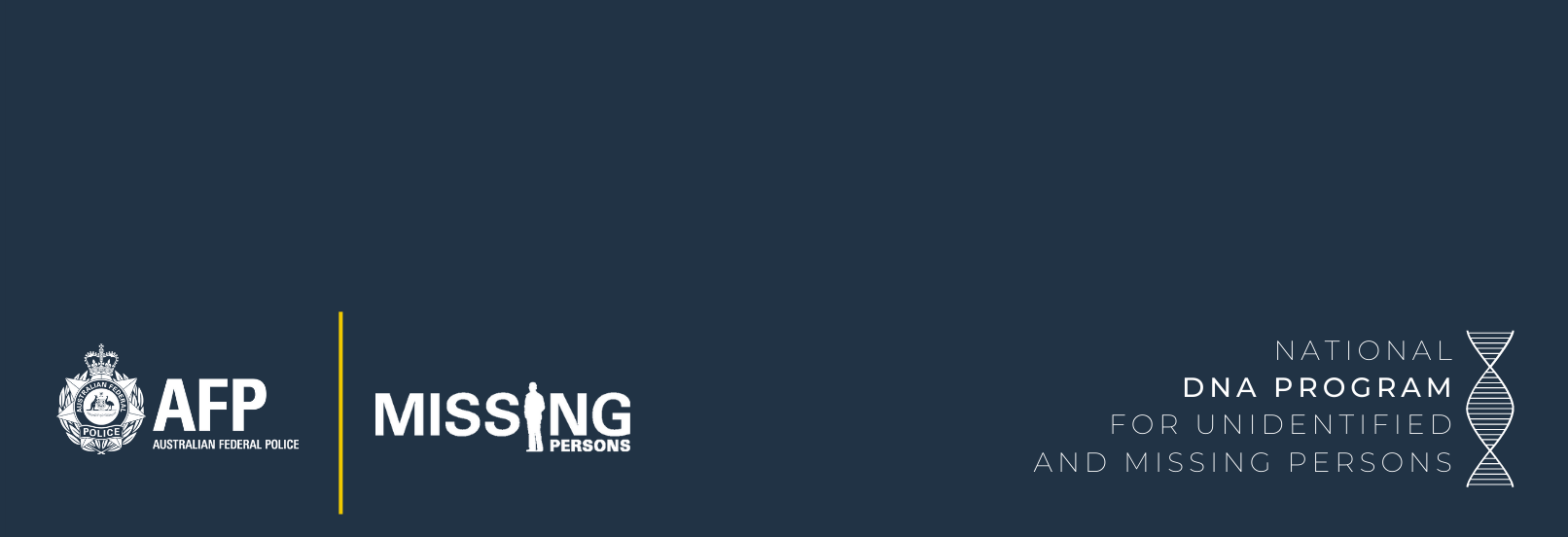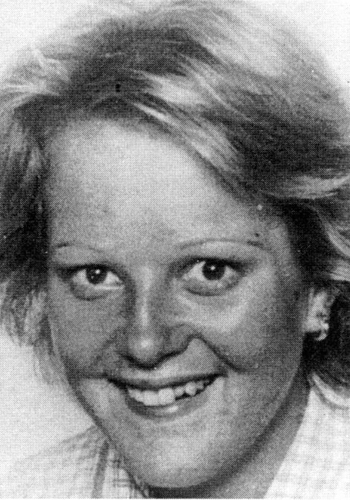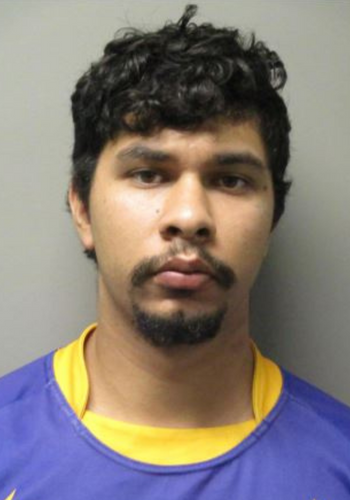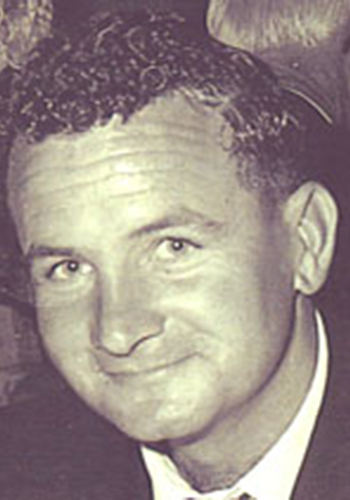Australian-first forensic program to seek to name our country's unidentified human remains

The Australian Federal Police (AFP) is today launching the country’s first National DNA Program, with the hope of uncovering investigative leads as to the identity of our unknown Australians and resolving long-term missing persons cases across Australia.
This new initiative – the National DNA Program for Unidentified and Missing Persons will harness modern forensic techniques to allow the advanced DNA profiling and matching of unidentified human remains and missing persons nationally for the first time in Australia.
There are an estimated 500 sets of unidentified human remains across Australia, and this program aims to give answers to families and police investigating cold cases who have spent years searching for answers.
Some of these bones were discovered decades ago, with a portion of unidentified human remains from cold cases dating back from more than 50 years ago.
The ultimate goal is to make it possible for final goodbyes and for the remains, which currently sit in mortuaries, labs and police stations across the country, to be laid to rest at last.
The Australian-first program has been granted $3.594 million out of Proceeds of Crime funding, and is expected to run for two and a half years.
The program will be directed by one of Australia’s leading unidentified human remains experts, Associate Professor Jodie Ward, a forensic DNA identification specialist from the AFP’s National Missing Persons Coordination Centre and the University of Technology Sydney’s Centre for Forensic Science.
In 2015, Associate Professor Ward received the prestigious Churchill Fellowship to investigate world-leading DNA identification techniques for missing persons and disaster victims. She has since been advocating for an Australia-wide DNA identification program to be launched.
The National DNA Program will model other internationally recognised DNA-led missing persons programs, including those from the International Commission on Missing Persons, and the University of North Texas Center for Human Identification.
Together with State and Territory police partners, and using the resources of the Australian Criminal Intelligence Commission, the AFP will work tirelessly with family members, state mortuaries, and other experts in the field in the hope of providing answers to some of the many long term missing persons cases across Australia.
AFP Commissioner Reece Kershaw launched the program at the AFP’s world-class Forensics Complex in Canberra today, reflecting on what this initiative may bring for the families of 2600 long-term missing persons in Australia.
“They are not just a statistic. They are someone’s child, parent, husband or wife. They are people who aren’t there for birthdays or the family celebrations that mark all the significant milestones in life.”
“This could lift the lid on many cold cases across the country. Not only could this program provide much-needed answers families are searching for, it could also lead to justice. Some have been waiting for more than half a century. Even with the passing of decades, the AFP and our partners will never give up. Victims will not be forgotten.”
“Today I encourage family members to contact the National Missing Persons Coordination Centre if they want to get involved or find out more information on this Program.”
Commissioner Kershaw highlighted that this program is possible due to the ill-gotten wealth of criminals that has been reinvested into the Australian community, to bring about lasting change for the families and friends with long-term missing loved ones.
Anyone with information relating to a missing person is urged to contact their local police or Crime Stoppers on 1800 333 000.
For more information on how proceeds of crime are confiscated and reinvested into the community, visit the AFP website here.
Media enquiries
AFP Media: (02) 5126 9297





